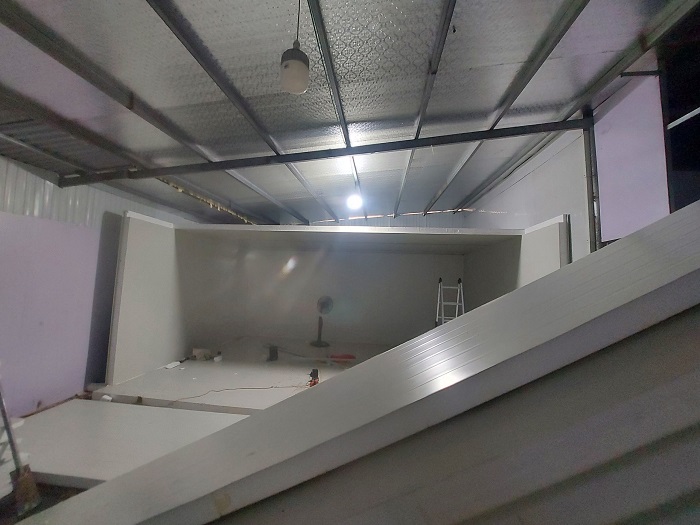Cold Storage Temperature Control: Tips for Maintaining Quality
Temperature control for cold storage ensures that the perishable pharmaceuticals and other products which can help save lives are stored fresh and efficient. It also helps businesses save dollars on energy expenses.
Equipment and clothing are vital to ensure safety in the workplace in cold weather. For example batteries for electric forklifts degrade power much faster in cold warehouses as a result of condensation.
Energy-efficient refrigeration systems
Changes in temperature may affect items stored in cold storage facilities. These facilities often have efficient refrigeration systems that reduce danger. This system makes use of cooling liquid to help circulate and absorb heat. This cooling technique is used to cool a variety of merchandise, ranging such as frozen foods, pharmaceuticals, petro-chemicals and high-tech electronic.
A functioning refrigeration system must undergo periodic maintenance and examination to operate at peak efficiency. Regular inspection and cleaning can reduce energy usage, as well cost over time.
Smart technology can be utilized to monitor energy consumption. Monitoring systems are able to alert businesses of sudden increases in energy usage, which might indicate problems with their refrigeration system. The systems are also able to help to reduce energy use through the ability to alter temperature set points based on the demands of certain products. These systems can save 15% in electricity costs and reduce load on the refrigeration system.

The management of perishable inventory
Managing inventory for perishable goods requires special techniques that optimize the efficiency of supply chains. Strategies like these can cut down on inventory losses, eliminate stockouts and improve customer satisfaction.
Improve cold storage management by using demand forecasting and analytics on sales. This can help ensure that the order procedure is organized to ensure that you receive stores and then sell the products in time before the expiration date.
Alternative methods for managing the inventory that is perishable is to choose trustworthy suppliers who prioritize freshness. Offer favorable terms, kho lanh thuc pham, negotiate deals and run pre-receipt check checks. This can improve your ingredient quality as well as increase the freshness of the final product.
First expiring first out is another method for perishables. This is a method that focuses on the utilization of goods with near expiration dates. This reduces the amount of wasted merchandise. Last but not least, by regularly establishing the reorder level, you will be able to set levels of inventory to satisfy consumer demand, while minimising wasted product.
Good practices for Cold Storage
The majority of food products sector as well as pharmaceuticals require special temperatures for storage. Any major temperature variation can cause damage to the product and can lead to costly costs for the business. Assuring cold storage warehouses are kept in good condition with best practices can prevent the problems from occurring.
They can be reached through the improvement of equipment and processes that will yield substantial long-term savings. Making investments in automation, minimising heat exchange, using equipment designed for cold environments, and keeping up-to-date records are all good practices to adopt.
In the end, you must think about how your cold storage facility will be easily accessible for employees. Providing workers with insulated clothing and other equipment will reduce dangers to health and improve efficiency. Additionally, selecting access systems that open and close quickly ensures that temperatures are not affected as employees are moving around the premises. For instance, insulated roller doors give faster access different zones while creating a complete seal that limits circulation of air between the openings. This method reduces maintenance times and boosts energy efficiency.
IoT for monitoring temperature
Maintaining an even temperature throughout your warehouse is a critical part of ensuring the safety of medicines and food. The monitoring system that uses IoT is able to monitor your facility’s temperature 24/7, triggering alerts when the temperature goes over pre-determined thresholds. This reduces the time needed for making notes manually and improves accuracy.
In addition to improving the management of cold storages In addition to improving the management of cold storage, intelligent IoT sensors can cut down on energy usage and reduce product disposal. Save money on jet-fuel or diesel fuel by monitoring the performance of your equipment and fixing issues rapidly. Optimize your storage by using real-time data to decrease the number of backups required as well as avoid fluctuations in temperature. Explore about how IoT can transform logistics in the cold chain through the application of the latest technology monitors in real time and logistics management.